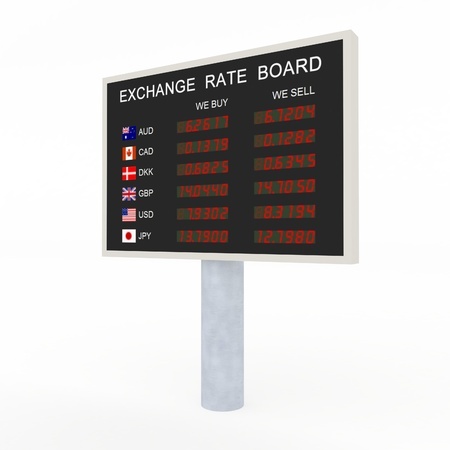Activity 7l: The Trade Weighted Index

- The trade weighted index (TWI) is the average value of the AUD compared to a weighted basket of foreign currencies of Australia’s trading partners
- The weights given to each country’s currency represents that country’s relative importance as a trading partner to Australia, which those countries involved in a high degree of trade with Australia being given a higher weighting in the TWI.
- The PNG kino was removed from the weightings because its trading relationship with Australia has declined relative to the relationships Australia has forged with other countries.
- Given that the Japanese yen has a relatively high weighting (at 9%) it will result in a meaningful decline in Australia’s TWI.
- In contrast, a similar appreciation of the New Zealand dollar in foreign currency markets will result in a less significant decline in the TWI because NZ’s weighting in the TWI is less than half that of Japan’s
- Both the TWI and the AUD/USD trended up between early 2020 and mid to late 2022, from approximately USD0.57 (TWI 50) to approximately USD0.68 (TWI 63). The value of Australia’s TWI increased relative to the value of the AUD/USD because of the relative strength of the USD in foreign exchange markets [owing to its more aggressive tightening of monetary policy compared to countries like Australia]. It effectively means that the Australian dollar increased in value against other countries relative to the decline in value against the USD.
- The exchange rate trended down since the middle of 2021 from approximately USD0.77 (TWI 65) in May 2021 to approximately USD0.68 (TWI 63) in September 2022. This depreciation is likely to have increased inflationary pressure and made it more to difficult to achieve price stability in 2022 given that inflation increased above the target range of 2-3%. The depreciation will also tend to increase rates of economic growth given that it raises the international competitiveness of Australia’s tradables sector. It will therefore assist with the achievement of full employment given that a boost to net export demand should lead to a higher demand for labour and lower rate of unemployment. [This is assuming that unemployment resides above the NAIRU level]
